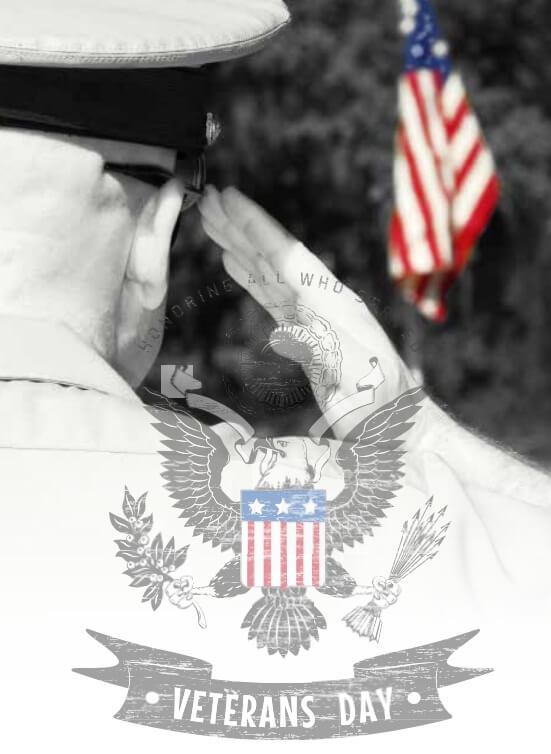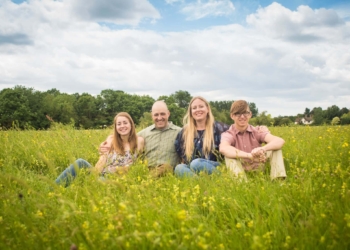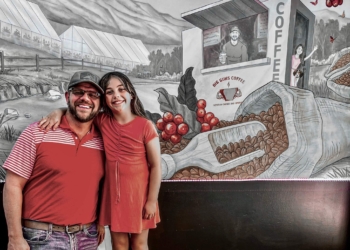Facts about Veterans Day you won’t want to be caught not knowing Veterans Day.
“In 1919, Armistice Day was established after the end of World War I,” I heard from the backseat as I was driving home from school one day. Quickly followed by, “In 1955, President [Dwight D.} Eisenhower changed it to Veterans Day to honor all veterans.”
He had my attention now. My sevenyear-old was telling his five-year -old sister all about the history of Veterans Day. As proud military kids, I knew this was important to them. But when I thought about it, I really didn’t know much about this, I mean, I knew the basic history, but not enough to play 20 questions with two elementary school kids.
So I did some research on behalf of all those married to military history buffs and parents to inquisitive military kids. Here’s what I found:
Starting at the beginning
- The word veteran, comes from old English and means, quite literally, old, experienced soldier.
- The term “veteran” was first used in 1789 when referring to a member of the armed forces, or a previous service member. We now use it to describe someone who served a long time in any position.
- The first parade for Veterans Day was held in 1947, in Birmingham, Alabama.
- On November 11, 1921, President Warren G. Harding oversaw the interment of an Unknown Soldier from World War I, he was later joined by several other service members. A wreath is placed each year at exactly 11 a.m. at the Tomb of the Unknowns in Arlington National Cemetery.
Changes
- President Eisenhower changed the name from Armistice Day to Veterans Day in 1954, to honor all veterans.
- From 1971 to 1977, Veterans Day was the fourth Monday in October, but President Gerald Ford changed it back to November 11th in 1978.
- The U.S. may have changed the name to Veterans Day, but Armistice Day and Remembrance Day are still appropriate names for November 11th in countries including France, Great Britain, Canada, and Australia.
Fun Facts
- Irving Berlin originally wrote “God Bless America” while serving in the U.S. Army at Camp Upton in Yaphank, N.Y.. After changing some lyrics, it debuted on the radio on November 10, 1938, sang by Kate Smith as part of an Armistice Day radio special.
- The poppy is known as the official symbol of Veterans Day. This tradition started in 1918, when Georgian professor and humanitarian Moina Belle Michael, who was inspired by John McCrae’s battlefront-theme poem “In Flanders Fields,” vowed to always wear a red poppy as a symbol of remembrance for those who served in the war. She also sold silk poppies to raise money for disabled veterans.
- President Abraham Lincoln’s second inaugural address laid the foundation for the Department of Veterans Affairs motto, “To care for him who shall have borne the battle,” came from his final paragraph.
What else do you need to know about Veterans Day? While it is a federal holiday, some schools may still be open. Many businesses also remain open and offer discounts or freebies to military personnel.
Read comments







































